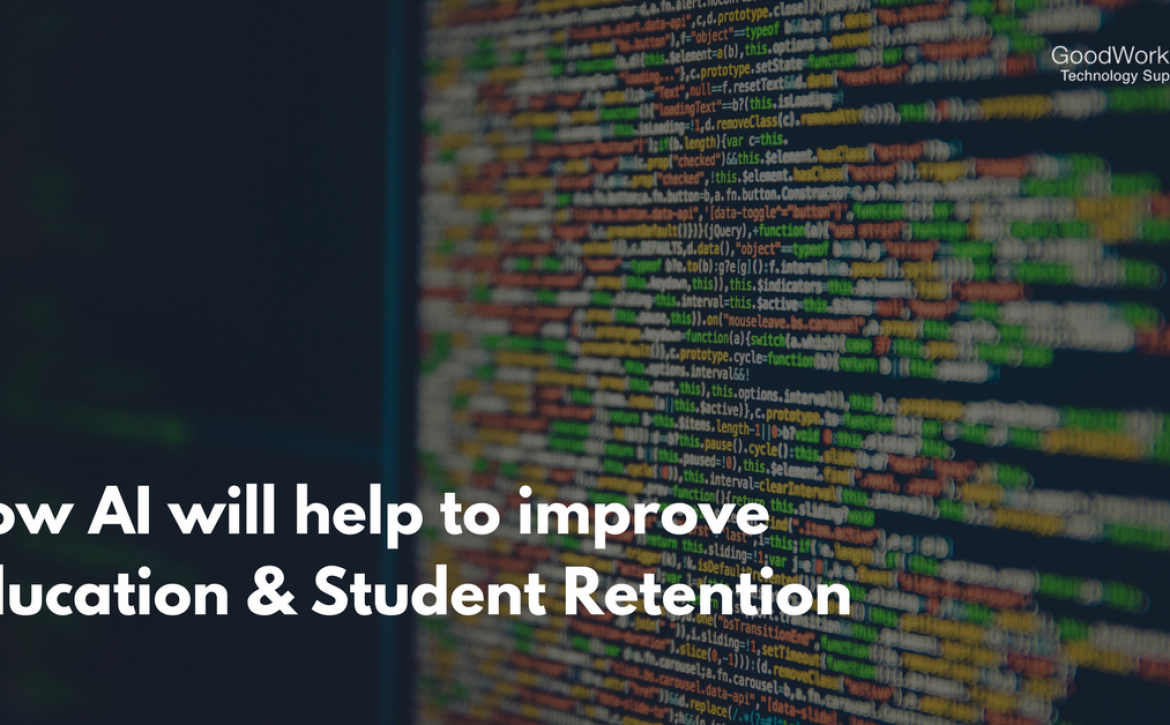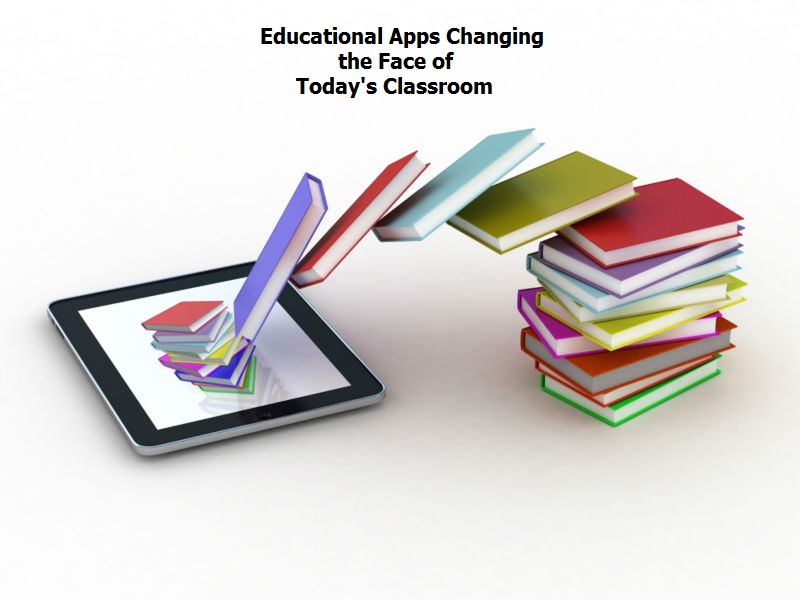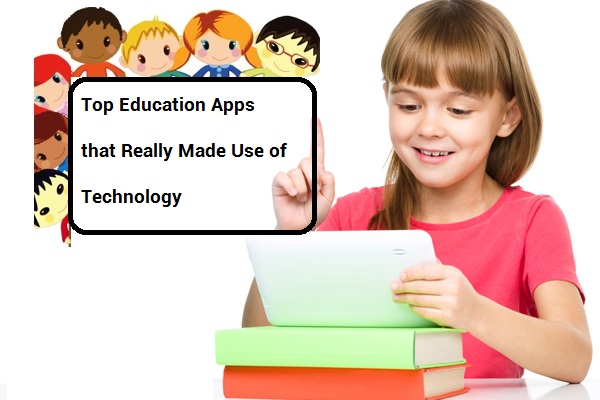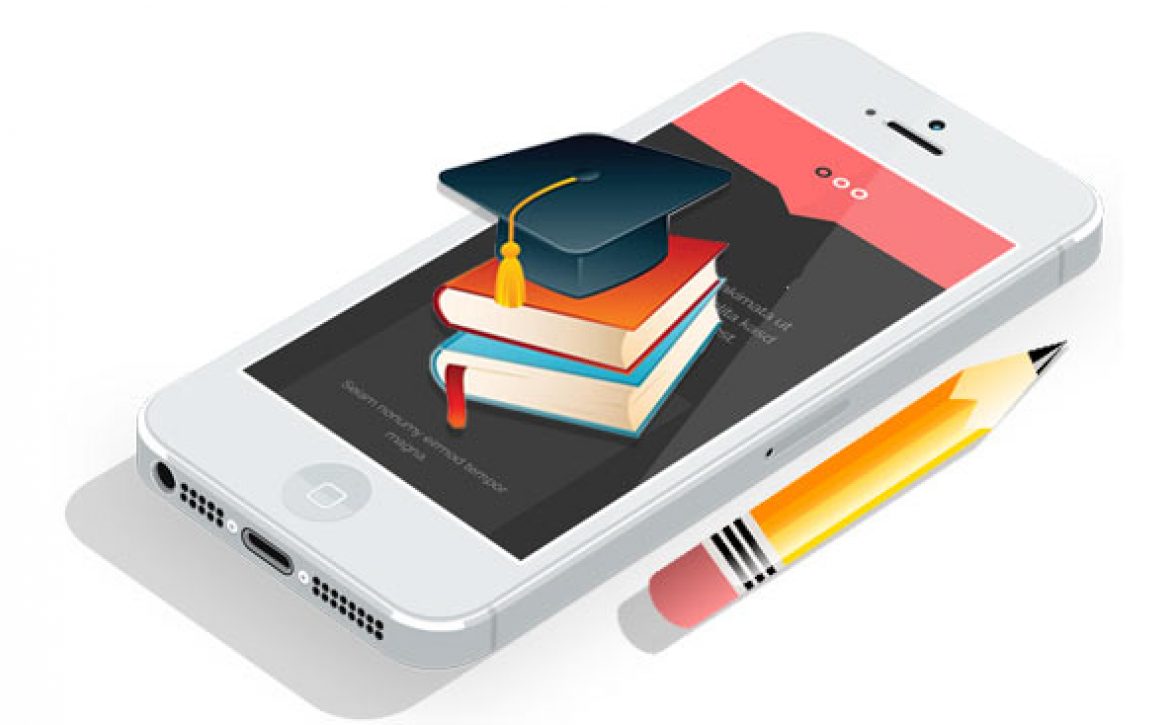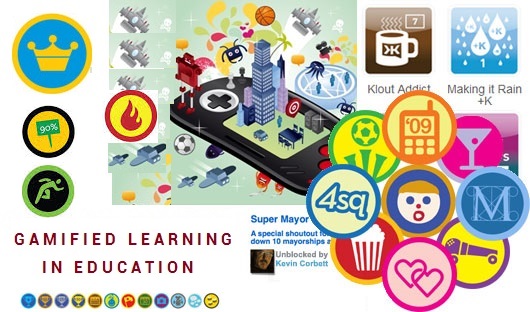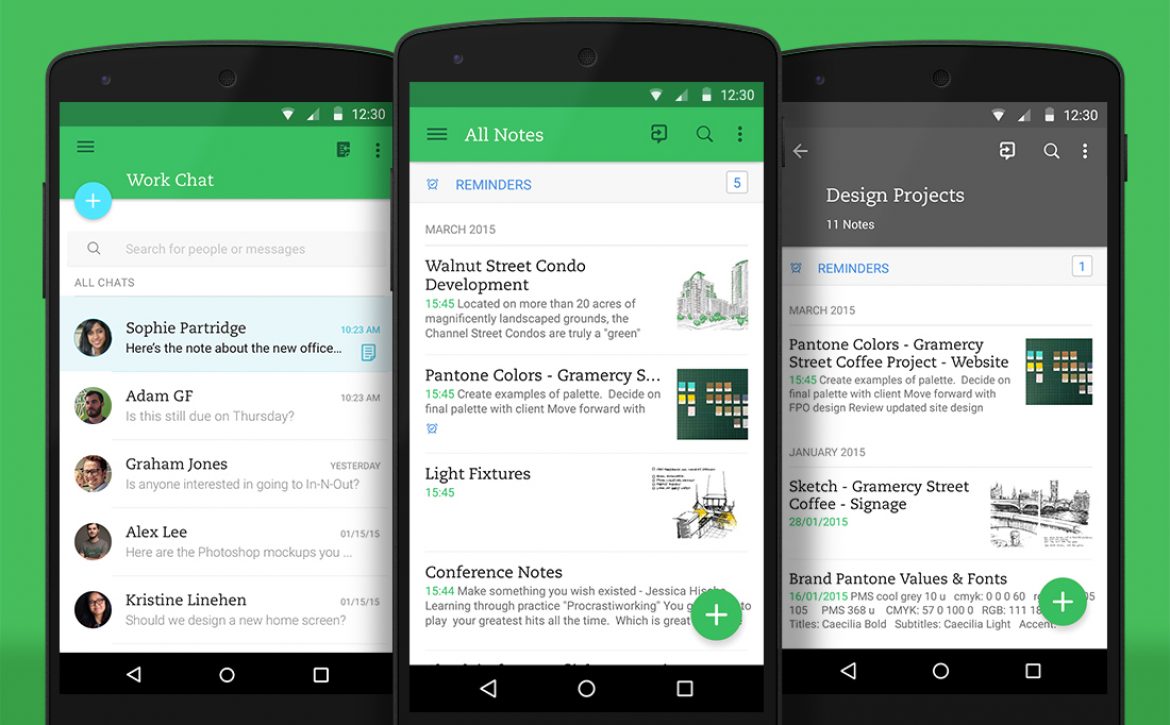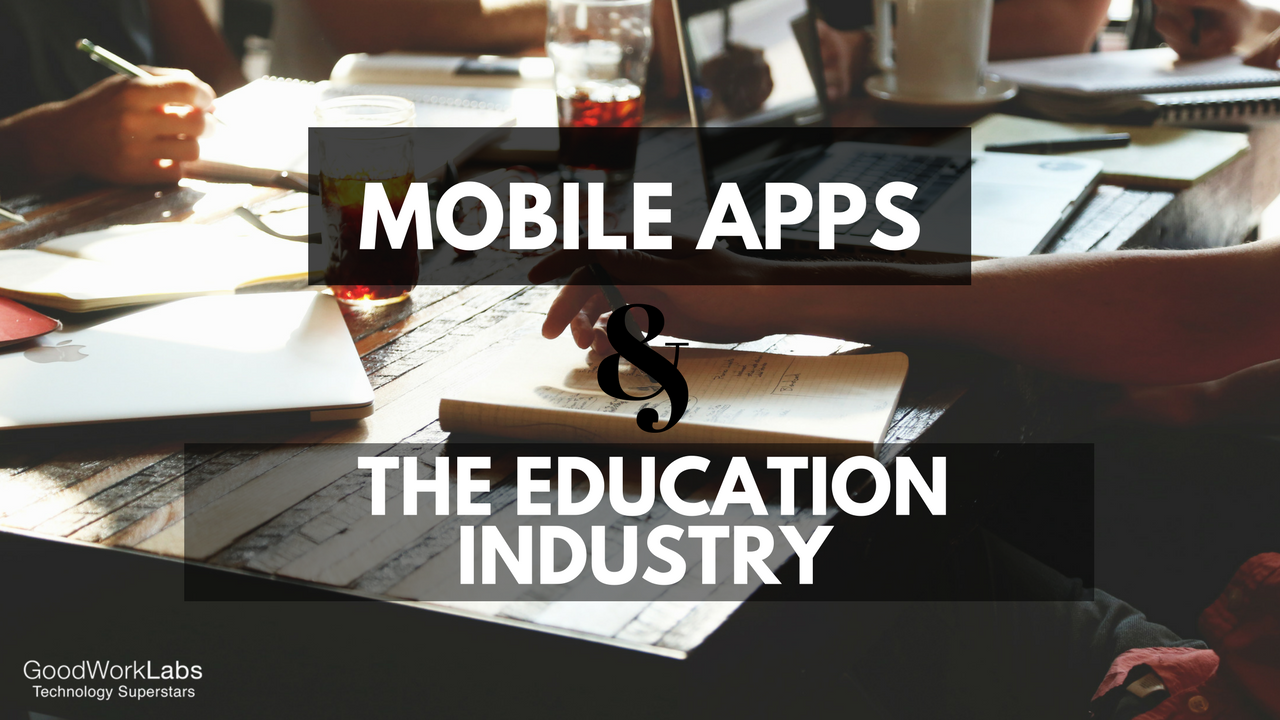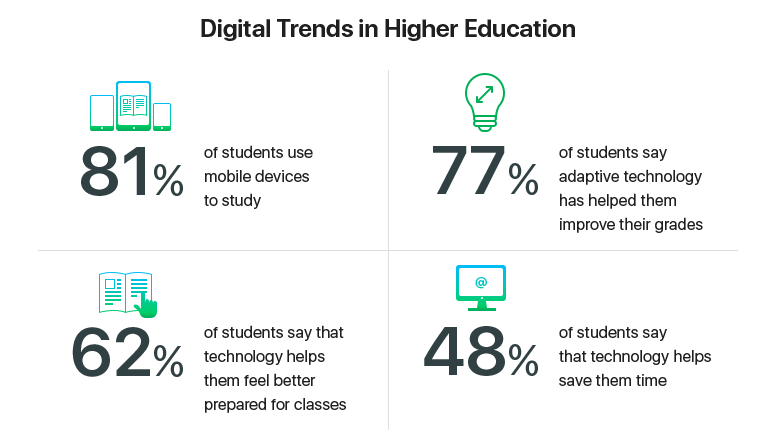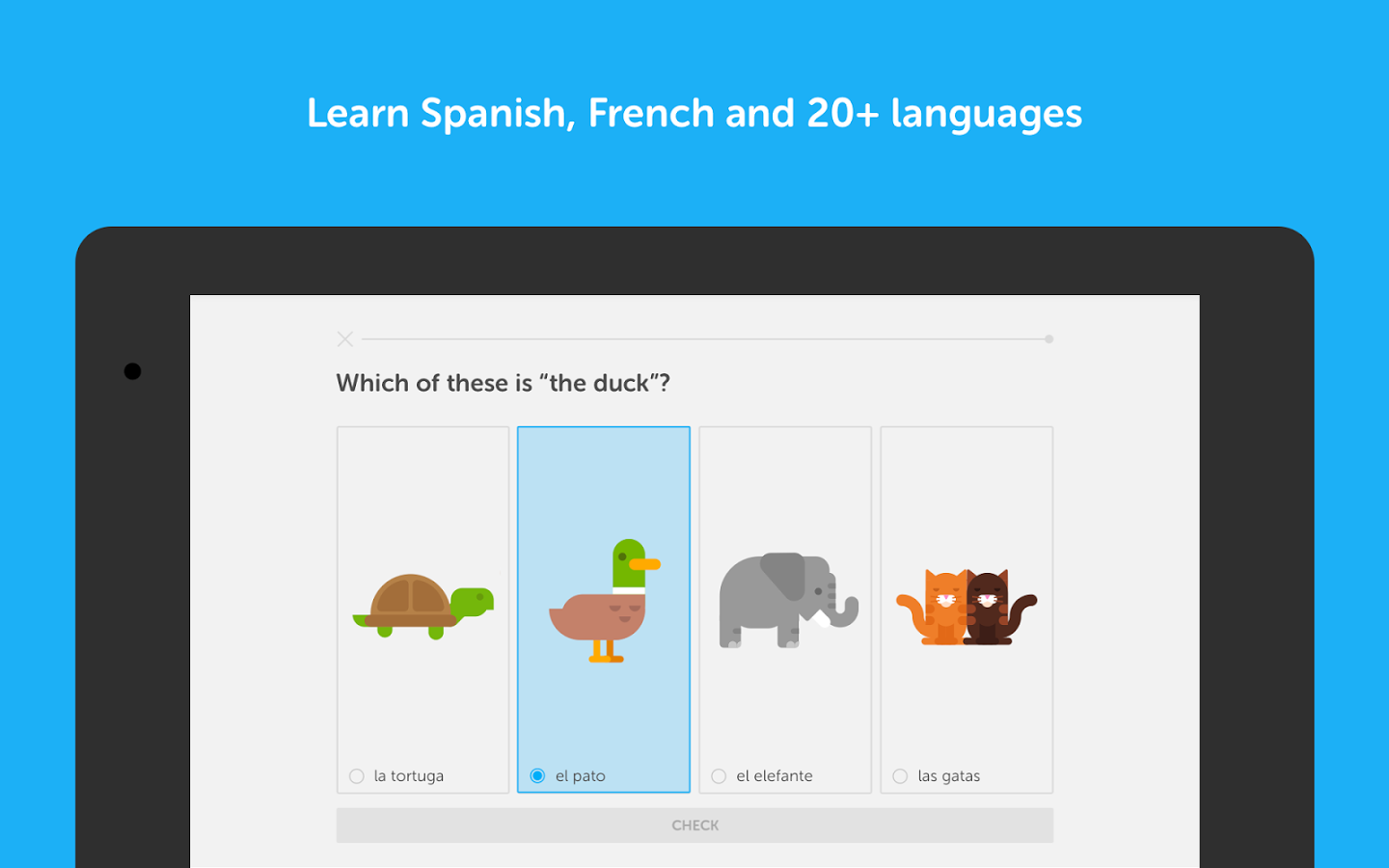The role of Artificial Intelligence in Education
How the use of Artificial Intelligence in Education can improve Student Retention at Universities
It is seen that there are scores of university students who enroll in higher education but do not end up obtaining a degree. Since they leave the education midway, they end up not being awarded the degree they had enrolled for. Universities and educational institutions are increasingly looking to technology to address this challenge of student retention. With the help of Artificial Intelligence and Machine Learning, they are seeking a way to improve the retention rates for higher education in countries like US and India.
By analyzing data from forms, educational literature, surveys, and studies, AI can detect the key reasons behind attrition and dropouts. This, in turn, helps the institutions to plug the gap wherever possible and improve their own university rankings by improving the retention rates.
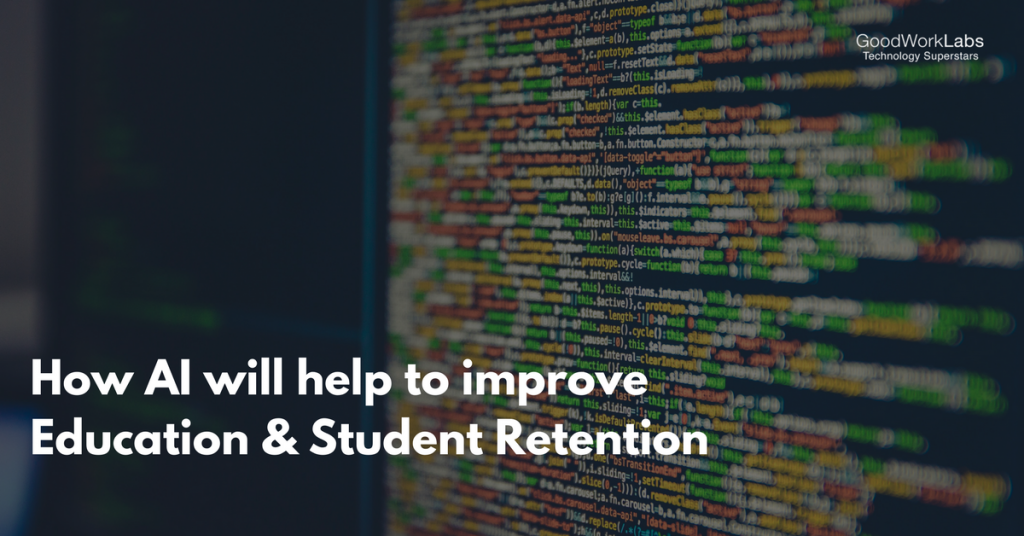
How does Artificial Intelligence in Education work?
A student and an institution exchange volumes of information at every stage of the educational journey – right from initial expression of interest to completion of the programme and awarding of the degree. This helps the AI system to mine data that is of particular importance for tracking retention record of a student.
So, metrics like falling grades or increased absenteeism may provide early indicators of a likely dropout in the future. Once the student advisor or university professor gets an alert of the same, he/ she can counsel the student about ways to overcome the present challenges and continue pursuing the education.
Imagine if the AI system weren’t in place – the institution would’ve never got to discover the likelihood of a student dropping out until it was very late i.e. when the student actually drops out. Rather than taking a reactive stance, AI helps the institution and university to take proactive action and avert attrition from actually happening.
Use Cases in Artificial Intelligence’s impact on Student Retention Rates
There has been an interesting project that saw a public university bring in the benefits of Artificial Intelligence to tackle this very problem of falling student retention. The University of Oklahoma had witnessed a drastic fall in the number of higher education students returning for sophomore year in college. Out of the first-time students who started school in fall 2013, only 64% returned for the second year in fall 2014.
The university worked with IBM (for IBM Watson, its well-known proprietary cognitive computing, and AI system) and analyzed unstructured data like student essays. This helped to assess the tone of language, personality insights, and natural language classification. With this data, the university could better identify potential retention risk students and counsel them before they dropped out.
The outcome of the project was highly positive – from 64.2% in 2014, the retention rate climbed to 86.1% in 2015 and reached 92.1% in 2017.
To sign off
This post shows the exciting potential for Artificial Intelligence to make a truly lasting impact on the education and academics sector. The more universities and institutions embrace AI, the higher will be the likelihood of retention of students into the system.


